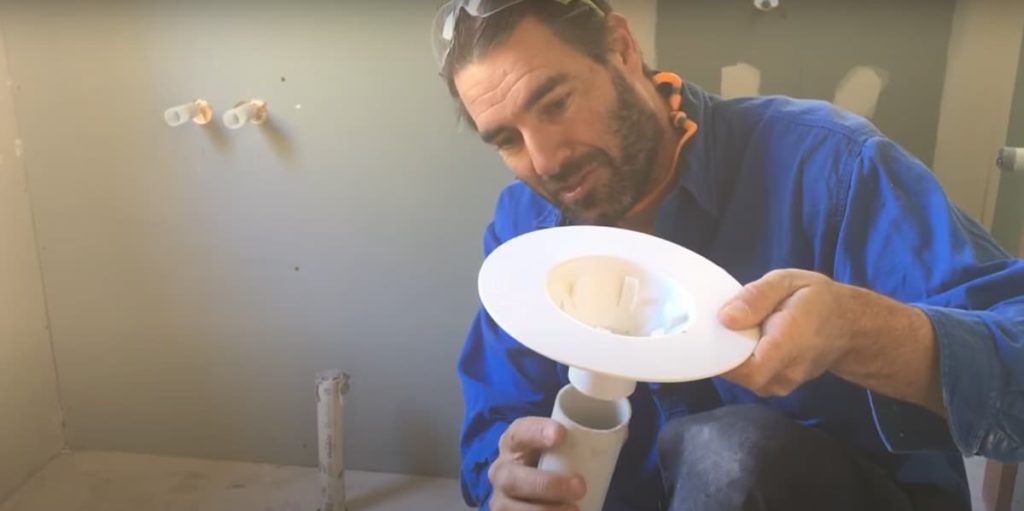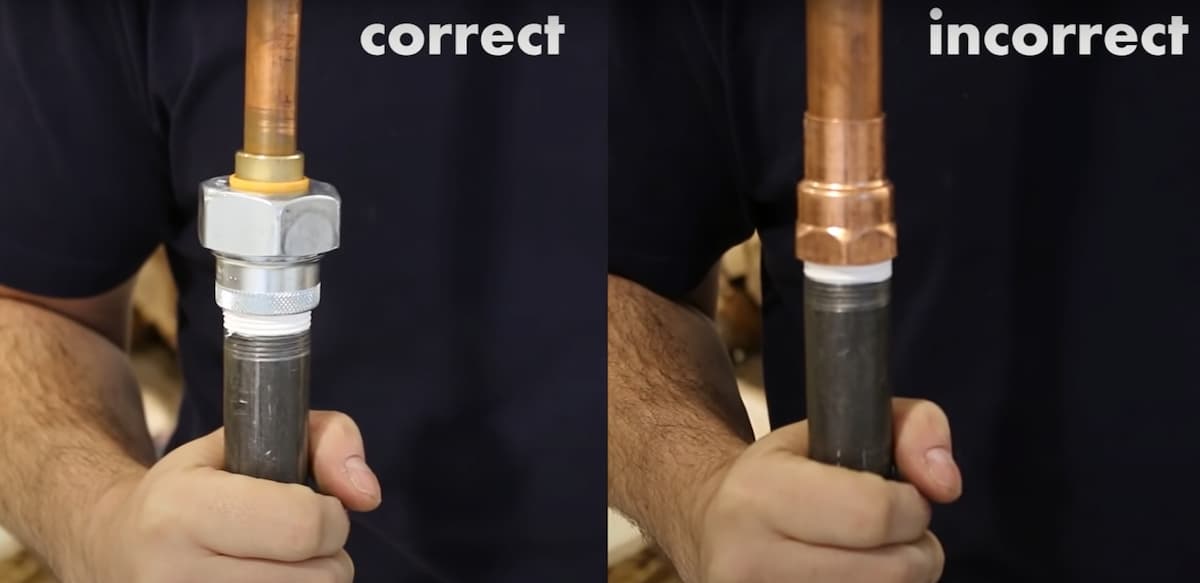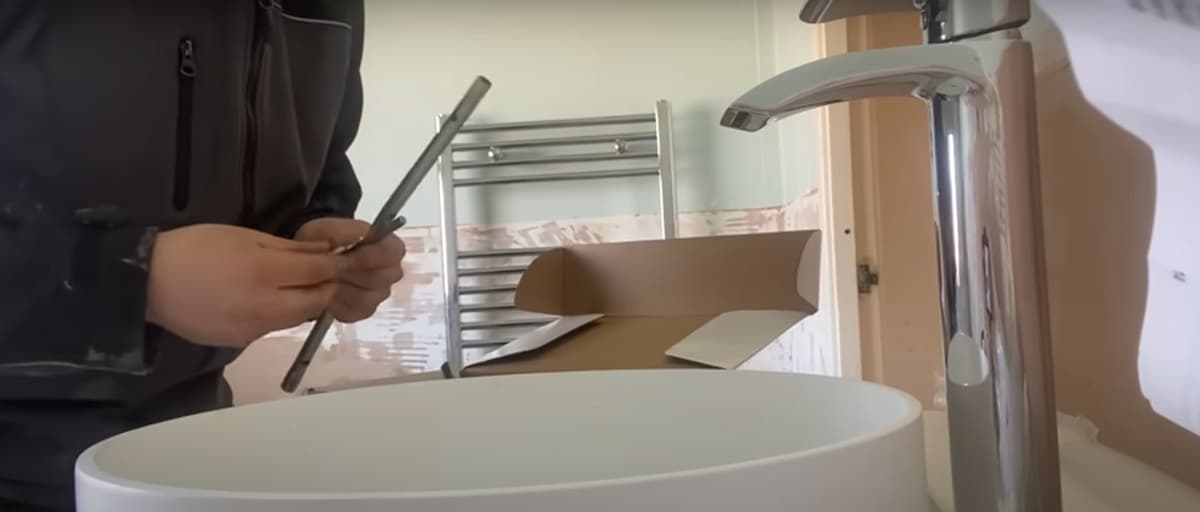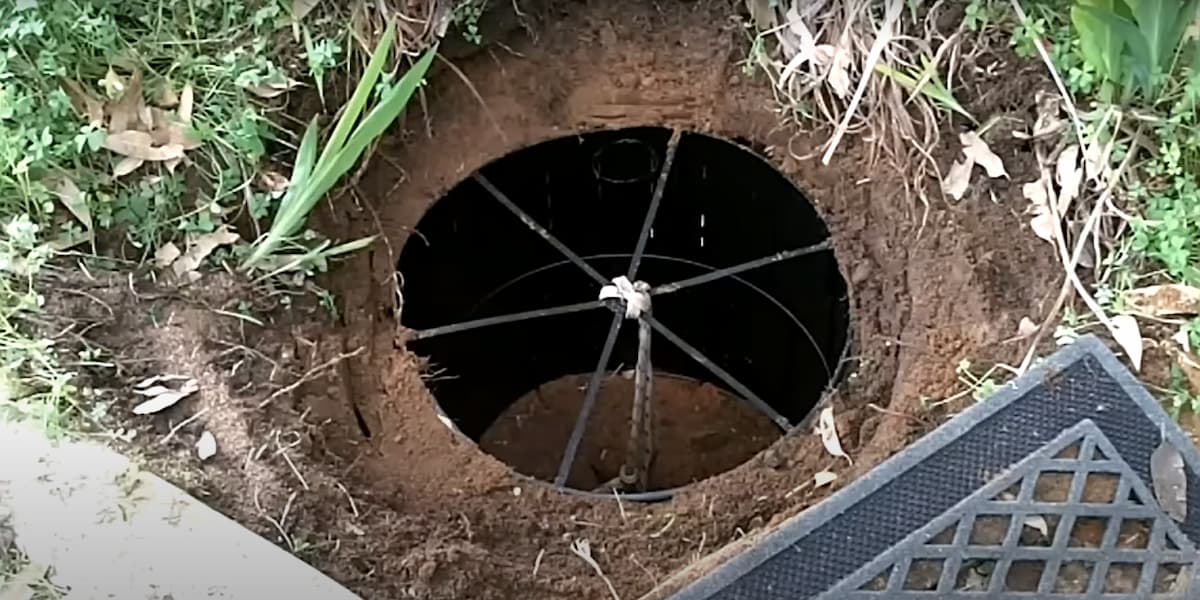A leak control or puddle flange is a construction item used to connect the waterproofing system to the plumbing drainage system, also known as Drain Waste Vent (DWV). This is necessary for all floor waste installations according To Australian Standard AS 3740-2010. There are two types of puddle flanges designed to fit either tiled or vinyl floors, with a design modification dependent on how they interface and connect with the waterproof floor covering system.
Puddle Flanges
Puddle flanges are designed with a unique process that ensures a watertight seal around concrete wall pipe seams, preventing them from bursting. Puddle flanges are available for both tiled floors and vinyl floors, to suit the needs of various waterproof floor installation methods.
There are several tile floor puddle flanges available with features to assist installers. adjustable spigots are included on the Cyclone and Tilt a Grate flanges, allowing for height and inclination adjustments. The conventional approach is to cut the spigot to the appropriate height, it’s easy to see why the Cyclone and Tilt a Grate can save installers a lot of time and effort on site.
Other design options include the Revolver, which is a simple clean drain system with a removable bucket drainage flange that includes a gully trap in the form of a detachable bucket. For drains and gully traps with a ceiling or floor cavity beneath the grate that limits their depth, the step-by-step process is recommended.
How does a Puddle Flange Work?
Puddle flanges are an easy to use floor installation product designed for fixing around stormwater pipes. They allow quick and simple installation in various applications including, perfectly flashing new mosaic tiles, porcelain or timber floors (without grout lines), cork or vinyl sheet flooring, epoxy painted surfaces etc.
To install puddle flanges simply mark where the piping is located against the baseboard of the wall, then insert your broom handle into the hole at the top of the flange to push it up until it makes contact with the underside of the pipe. Mark through either side of this section onto your baseboard and cut out corresponding holes so you can fit your puddle flange to either side of the underground piping. Once this is done you can simply use adhesive sealant around the edges, into the holes and then pop your puddle flange in place on top of it all with a gentle twist until it appears flush with the surface.
It’s as easy as that. This is a quick and simple installation process for areas where you need to protect your flooring from any infiltration or penetration from underground pipework or services, which can otherwise cause damage over time. This is also suitable for installing inside perimeters on existing floors, for an easier repair process if required down the track, particularly helpful when dealing with waterproofing issues under large expanses of flooring such as garages or pools. Noticing water leaks or wet areas in the early stages is key to preventing damage. It’s easier to prevent water seepage from all the water in your bathroom.
What is a Vinyl Puddle Flange?
Vinyl puddle flanges are a construction item used to connect the waterproofing system to the plumbing drainage system, also known as Drain Waste Vent (DWV). This is necessary for all floor waste installations according To Australian Standard AS 3740-2010. The vinyl puddle flanges are designed to be used on vinyl flooring materials, allowing access for pipes and manholes onto the subfloor by being rebated into the floor substrate.
Vinyl floor membranes are a moisture barrier and finished surface in the same material. By recessing it into the floor substrate and connecting the DWV system, vinyl floor puddle flanges are installed in the same manner as a tile puddle flange. A ribbed vinyl membrane is applied to the floor and clamped into position with a suitable clamp ring. A cam-lock grate is installed, resulting in a smooth floor and a watertight surface with a point drain. A flange made of vinyl is most likely to be moulded from PVC, but a popular choice for business installations is a cast bronze flangle, which offers greater durability and a longer service life. Chrome on brass, polished brass, and stainless steel are some grate finish choices.
Which Puddle Flange to Use on a Concrete Structure?
The puddle flanges are designed for use on concrete walls and structures, allowing the gutters to be attached to both walls and floors. The PVC material makes it compatible with a variety of flooring materials, including vinyl sheet flooring, cork tiles or existing floor coverings in order to form a watertight seal around the underground pipework system in your home.

What is a Tiled Puddle Flange?
There are a variety of grates available to fit a wide range of bathroom and shower ideas. Chrome on brass has remained a popular combination for tradespeople, but they also provide stainless steel grates for homeowners, interior designers, and architects to pick from for a more specific shower and bathroom. The elegance series consists of eight grate designs made of high-end stainless steel and fastened to an ASA moulded base for a long-lasting, simple maintenance, and architecturally beautiful design.
The Wakatipu and Kaiteri series, which are similar to the Elegance Plate design using a lid with no perforations, allow for water to drain while giving the bathroom a sophisticated look. The drain is hidden beneath the lid, so when a person is bathed in the shower and looks down at the drain, waste material and any grease are concealed from view.
Why do I Need a Puddle Flange?
Puddle flanges are extremely important when it comes to waterproofing your home or commercial building. Without them or a waterproofing membrane system, you may notice issues such as water leaking into your walls and ceilings which can easily lead to major structural damage over time. If not noticed early enough, this can cause serious problems with mould growth in between insulation and cladding in your ceiling cavity, leading to poor insulation and high heating costs.
Linear Shower Channels
Shower channels are quickly becoming a popular choice for contemporary bathrooms, and they may be built against a wall or used as a threshold drain to prevent surface water from leaking out of the shower space. The slope (decline) in the floor just needs could be set in one direction, saving tile tilers time and costs by eliminating angled cuts. The floor of one of the sets may be dug, and a specially constructed rectangular puddle flange (VF80) is lowered into it. The whole area is waterproofed with the membrane applied to the flanged outlet after a trench is made.
The stainless channel is placed over the top of the membrane with the outlet directed into the flange. This creates two barriers. The channel captures surface water, while the membrane traps any subsurface moisture. Tiles may be positioned against the channel and sealed with a bead of silicone to create a neat installation, and the grate is separate from the channel for easier cleaning. A channel insert, for example, blends the grate surface with the surrounding floor tiles, creating a discreet drainage channel between the grate and channel walls.
Another variation has the flange embedded into the stainless steel channel. If placed against a wall, the flange extends out onto the floor and up the walls. The channel is recessed into the floor substrate and walls, allowing for a flush flange with the surfaces, after which it’s dressed onto them, thus forming a tanked area. The drain runs through a channel, which has an outlet to which the plumbing system is connected. Tiles are then set with a small distance between them and the grate so that they may be removed for maintenance.
Can Puddle Flanges Be Used as a Shower Drain?
Puddle flanges can be used in conjunction with shower channels or linear shower drains. The drain is hidden beneath the grate, which allows for water to pass through while keeping all waste material concealed from view.
Linear shower channels are an excellent option when it comes to keeping pools of water contained within your bathroom. These types of shower channels are popular because they are attractive and durable options that come in a variety of different designs to fit any style you’re looking for. They can help improve the overall look of any bathroom setting while also increasing the amount of safety present in the room so everyone knows exactly where the drain is no matter what activity they may be doing there.





